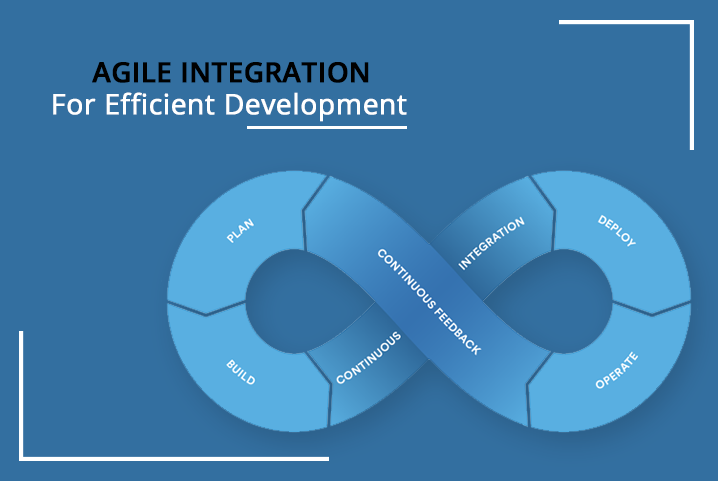Agile integration has been progressing in the modern software development premise for almost a couple of decades now and field professionals believe its continual evolution has not only improved development practices but also allowed enterprises to come out on top of their domain expertise and better cater to their respective customer base.
With modern agile integration, development teams can address and iron out the shortcomings of traditional development practices and remain competitive and productive at the same time. With agile development techniques, the goal is precedently defined to ensure higher quality software development with better control over the functionalities and development process. Automation coupled with comprehensive monitoring makes it possible for developers to stay agile and resolve bugs at hand without having to wait for testing and debugging phase after long development process as followed in the traditional case.
How does one define agile integration?
In an era of dramatic enterprise outburst, it becomes imperative for companies to be expeditive regarding changing market trends in order to maintain a competitive edge over direct business rivals. Agile integration, at its core level, turns out to be a development approach that allows companies to quickly respond to customer demands in a faster-improvised fashion. For modern enterprises, it means building and integrating required solutions on the dot with smaller cross-functional teams working up in a rather incremental approach to effectively accomplish the development requisites.
Because agile integration engages with smaller periodic releases, it has lately established as the standard criterion for leading-edge software and mobile development routines. With agile integration, companies can easily take advantage of greater automation in the traditional build-and-test process, making the framework actually more appropriate and conceivable in modern-day development use.
Upholders of agile integration
In today’s development realm in order to capitalize on the capabilities of agile integration, enterprises need to equally invest in its basic constituents that help drive the desired outcome.
The first component being the concept of distributed integration which helps development teams to focus on smaller de-centralized development routines which can be modified and scaled as per demand. Unlike traditional development process, distributed integration is mostly API-based and is, therefore, easier to include in target applications via the modern microservice framework.
Application Programming Interface or APIs let a business user make use of available data and functional resources to maximize their overall efficiency. By investing in APIs, development teams can greatly improve application integration and easily manage and secure functional demands to provide better competitive solutions for their teams.
Use of Containers
With the advent of cloud-containers, development firms have majorly eased on continuous development and deployment of error-free services. Containers provide an easy and reliable platform for development, deployment, and management of scalable business applications across number of hybrid platforms on the cloud. Because containers can deliver on-demand functionality with little effort and shorter time frames, they become instrumental for modern day microservice-based development process, wherein teams increasingly make use of agile infrastructure to deliver competitive solutions to their growing customer base. At Pratham software, development teams make the best use of modern development trends and agile practices to develop and deploy enterprise-grade business applications to cater the client needs. Contact us to benefit from our industry-best development practices and achieve the desired technological up-scale.









